
Companies don’t compete, their ecosystem does – Ram Charan. We are living in a time and age where it’s absolutely important to have the most relevant products lines and to stay ahead of the completion in developing and evolving your product lines. As CEO and Founder of my product company, called SprintRay, I started prating product management like a religion, making industry leading product lines and generating hundreds of millions of dollars of revenue.
I this article I share with you :
- Why Product Management is essential for companies success!
- What’s my definition of Product Management and why I call them the Product CEOs!
The below video is also a summary of this article. If you are watcher than reader, watch the video:
I am Amir Mansouri and I started learning Product Management after having initial success with the company that I co-founded, SprintRay, which makes Hardware and Software technologies for Dentists and Dental labs. My first product was a success (perhaps out of sheer luck) and got funding ($422,830) from Kickstarter, which led to building my business afterward. Yes, I didn’t even have a proper company when the product got funded on Kickstarter. So later, I become the CEO and built a business from the ground up.I raised over $150M in funding and became a marketing leader in my industry. I did all of this by nimble and effective Product Management.
The first 2 years of my business, I was scrambling to ship products and find a product-market fit. Then the next 3 years were struggles of financial survival and appealing our products to our target customers (Dentists). And the next 4 years, I spent honing down on both Product Development and how to be a CEO. Today, at the time of this article, my company has over 400 employees, targeting to hit 9 figures in revenue. The average selling price of our product is around $7,000 USD. When I look at myself after 9 years of being a CEO, I see a Product Manager. I lead my company with product sense, I built my company with effective product management. My name is Amir Mansouri (Linkedin). I am a Product CEO, and in this article, I will be sharing what my definition of Product Management is. Follow my Medium for more articles abour Product Managment or join my Newsletter List for Digest about Products 🙂

OK, let’s talk about what Product Management is. I’ve been trying to craft my definition of Product Management for a couple of years now. I have been fine-tuning and testing it with people to see what resonates with them often. This topic, if you have not heard of it, is very fancy and cool. But in definition, it’s very vague. It’s not really well studied, discussed, or taught in schools. When I was doing my education in engineering, I had one class on product design, I think that was what it was called, and it was very theoretical ways of predicting features. It was pretty interesting, I remember it. I studied at the University of Southern California in 2012. It was fun, but that was it. There was no curriculum developed for product management ever. And that’s why people struggle with the definition of it.
Whose Fault is this?
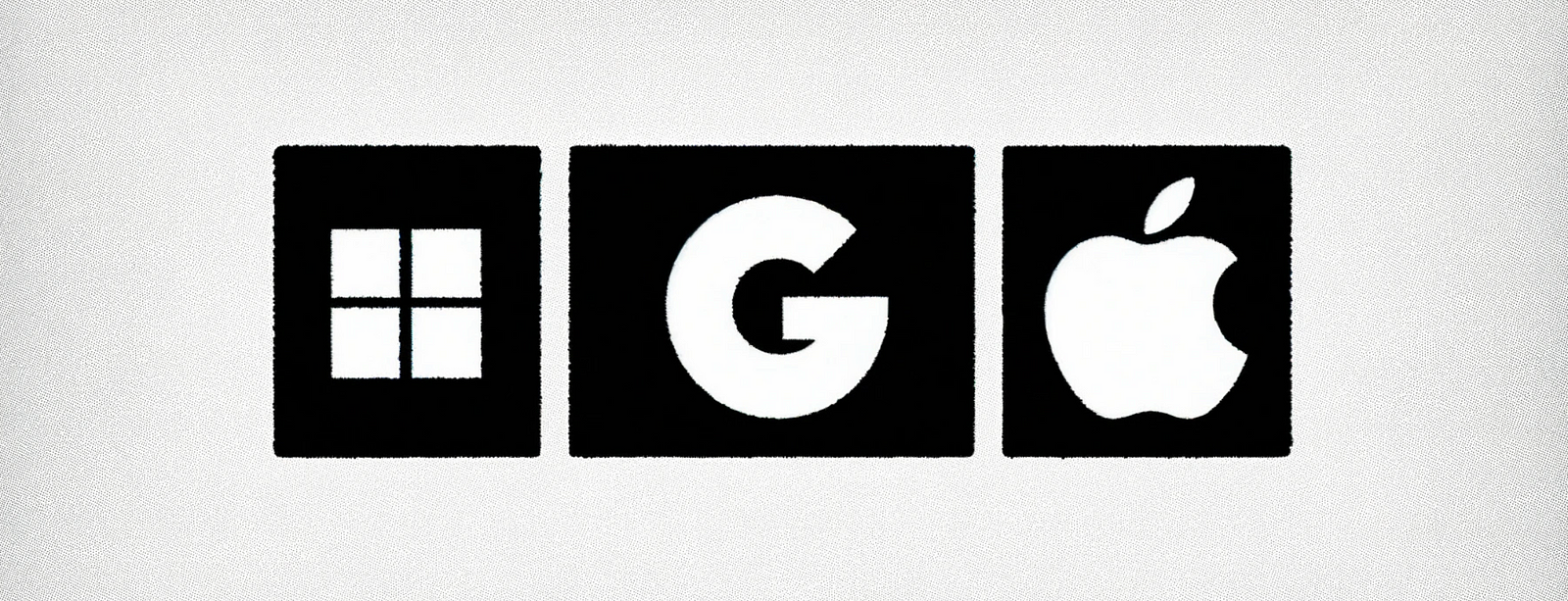
Before we talk deeper about Product Management, let’s talk how Product Management become so popular. In my view, we are living in the age of Products thanks to Apple, Google and Microsoft. In the past two decades, Google and Apple created a realm of product companies. Before Google and Apple, GE was the best company out there, that was like the age of financial companies per se. But really, Google and Apple changed the game and forced everyone to become a product company. After Google and Apple, Amazon followed. You have to have a winning product. You can’t just be a financial company and become a trillion-dollar company. That’s a fact. And the topic became more popular. It is also very highly sought within organizations.
Why is Product Management Necessary?
The focus of this article is on what it is. I reserve the detailed discussion for another article. But here is a high-level answer: Engineers make great technologies but horrible products. It’s the Product Managers that can pinpoint what customers need. The way product managers think and operate is different than engineers, sales, and marketing people. Ergo, research shows that companies who invest disproportionately in product management will have products with disproportionately competitive advantage over their competitors.
Example: DJI Wireless Microphone versus Rode Wireless Microphone. DJI was not even in this market, found and solved all the customer pains in their competitor’s products, RODE. If you have used RODE
What did they solve?
1) Hassle-free charging.
2) Hassle-free dongles for attachment. It’s one of DJI’s most successful products to date.


Another Example:
Apple Watch, came out of nowhere put everyone else out of business.
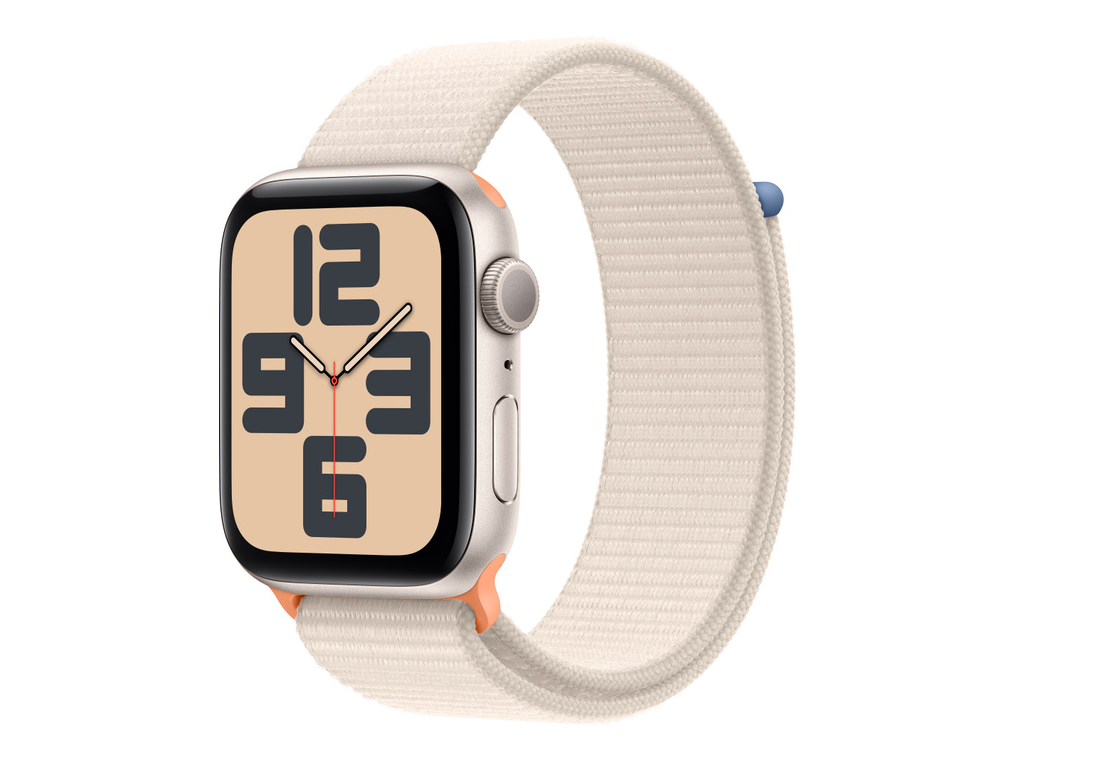
What did it solve → Easy charging. and created new functionality that became essential to day to day that others didn’t.
What do Product Managers do?
OK, let’s get started. In my organization, everyone wants to become a Product Manager. It’s glamorous, the tittle is fancy, they have so much power, they are popular people. Every sales rep want to talk to them, every customer want to talk to them. I don’t blame them. We have had people who get promoted from Engineering , customer service marketing, and sales backgrounds who became product managers. But most of them didn’t survive once they face the reality of Product Management.
In my definition of Product Management, there is a distance between customer pains and a product. Product Managers fill that distance by figuring out the gap and turning them into products. However, this distance is not a straight line. The process of finding the gap is full of ups and downs, puzzles, inspirations, innovations, and the process of turning them into products is full of exertion, grit, and getting things done. But also, the job is not done when the product is developed; the product has to sell!!! Without sales, nothing else matters, and in order to be able to sell, you need to be able to market. Product Managers are responsible for both sales and marketing. Also, if you sell a product and don’t make money, you go bankrupt, so product managers are responsible for making the business work too! In so many words, product managers find customers’ pains and turn them into features and products. And they are responsible for making sure the product is successful, and in almost 99% of cases, success equals sales! That’s why they are called Product CEOs!
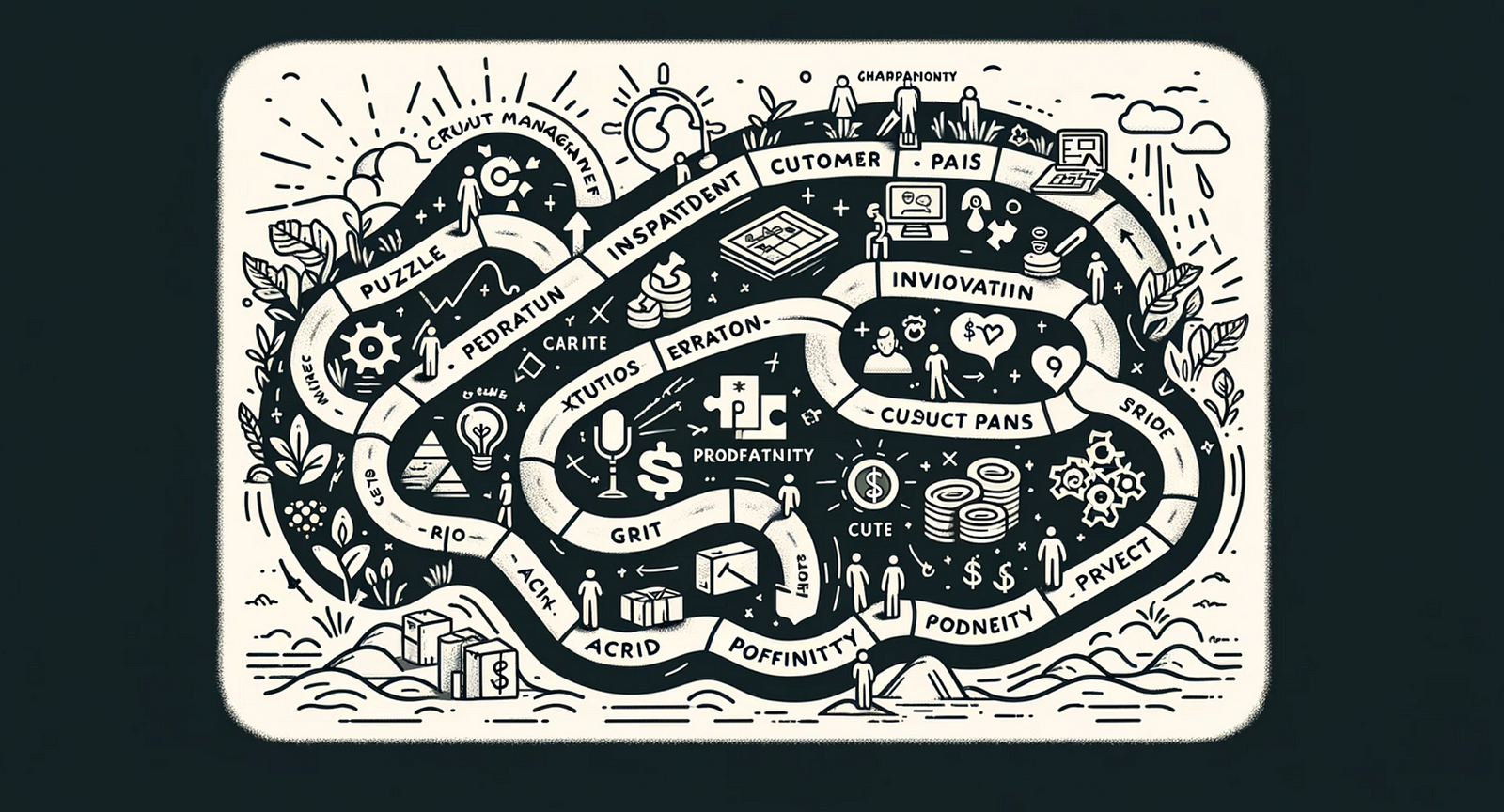
Let’s break down the role of Product Managers:
— Role 1) Find Customer Pains and Product Gaps: I am a believer that you have to have the right mindset to find what you are looking for! In Product Management, you have to look for Customer PAINS! Not customers’ wants, not cool things for customers to have. People pay for painkillers, not vitamins! Read about being a pain finder in detail here in this dedicated article.
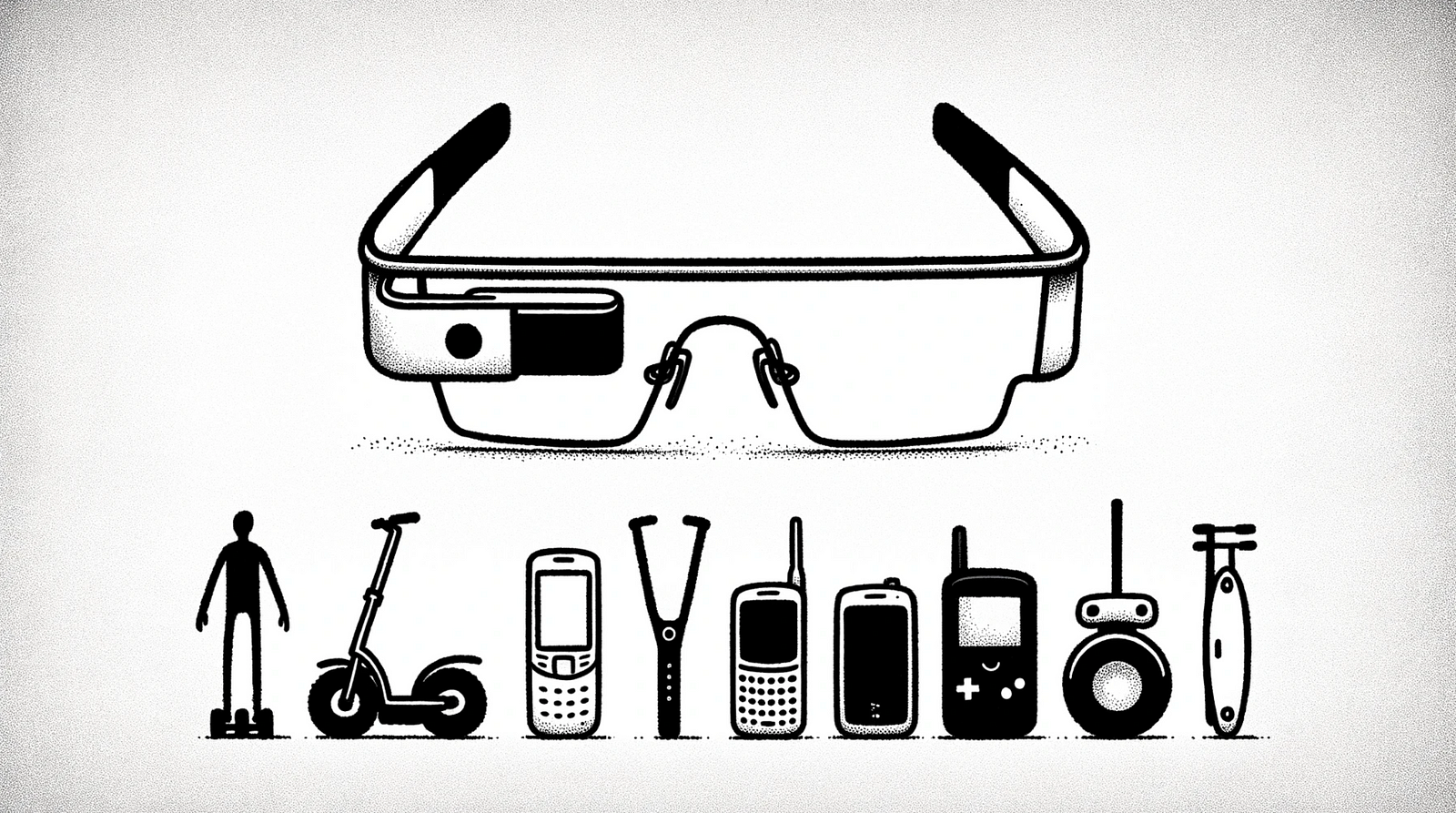
Sometimes it’s easy to see pain, sometimes it’s hard. Here are some examples of customers’ pain for products:
- Takes too long for a task to complete.
- Requires too many repetitive steps to complete a task.
- Costs too much money to complete a task.
- Requires too much expertise to complete a task.
Real examples in day-to-day life:
- Going through emails and inbox is daunting -> Solution: Slack!
- I need help managing my schedule, but it’s too expensive to hire an assistant -> Solution: Calendly.
- Takes too long and costs too much to make dental prosthetics in Dental Labs -> Solution: SprintRay 3D Dental Printers.
Here are examples of “Cool” things that you don’t really need!
- Too many functionalities that customers don’t use once in a blue moon -> 90% of Microsoft Word Features.
- Heads-up Display installed on your glasses to show info you don’t really need while you are walking -> Google Glass.
Sometimes customer pains are created by effective product management or sometimes customers don’t know they have that pain once you solve it. Wireless headphones, iPhone, EV exeperice are among those. These are the toughest Products to be the Product Managers of because you have to be bold and you have to be right.
After this process, you will end up having the product requirements in the Product Management Lingo.
— Role 2) Turn the Pains and Gaps into Products and Features: This is the most fun yet difficult task. Read more about this in this post.
This role is fun because you are ideating how the product or feature will look like. You need to have an inventive mind to succeed in this. Easier said than done: Come up with simple solutions to address the pain!
This is where many Product Managers fail; they can’t imagine simple solutions, especially if they have an engineering background. The simplicity of the solution is key because it makes development easy. Having an inventive mind is not something you are born with. It’s acquired through practice. Activate your right brain, see patterns, come up with solutions. I never thought I could be an inventor in my life. Till my 20s, I had no inventions. From my 30s to 37, I have more than 20 patents issued and pending under my name. It’s possible. Read and learn it.
Below are some of my secrets for inventing solutions to customers’ needs:
- Seek thirst, not water! When you are thirsty, you find water. If you look for water, you don’t find water! In other words, I think about the problem I am solving all the time. In sleep, in the shower, during walking. I have a collection of ongoing problems in my brain. Something falls off, and something becomes a priority.
- Be observant: Every problem is solved somewhere in some other field. You only have to connect the dots. I invented a mechanism for drying and washing 3D printed parts while playing with my drone and thinking about how much wind it generates. Next, the drone propeller ended up in our wash system. With every software feature, UX, hardware you use, think about what problem it solves. Don’t take the products around you for granted.
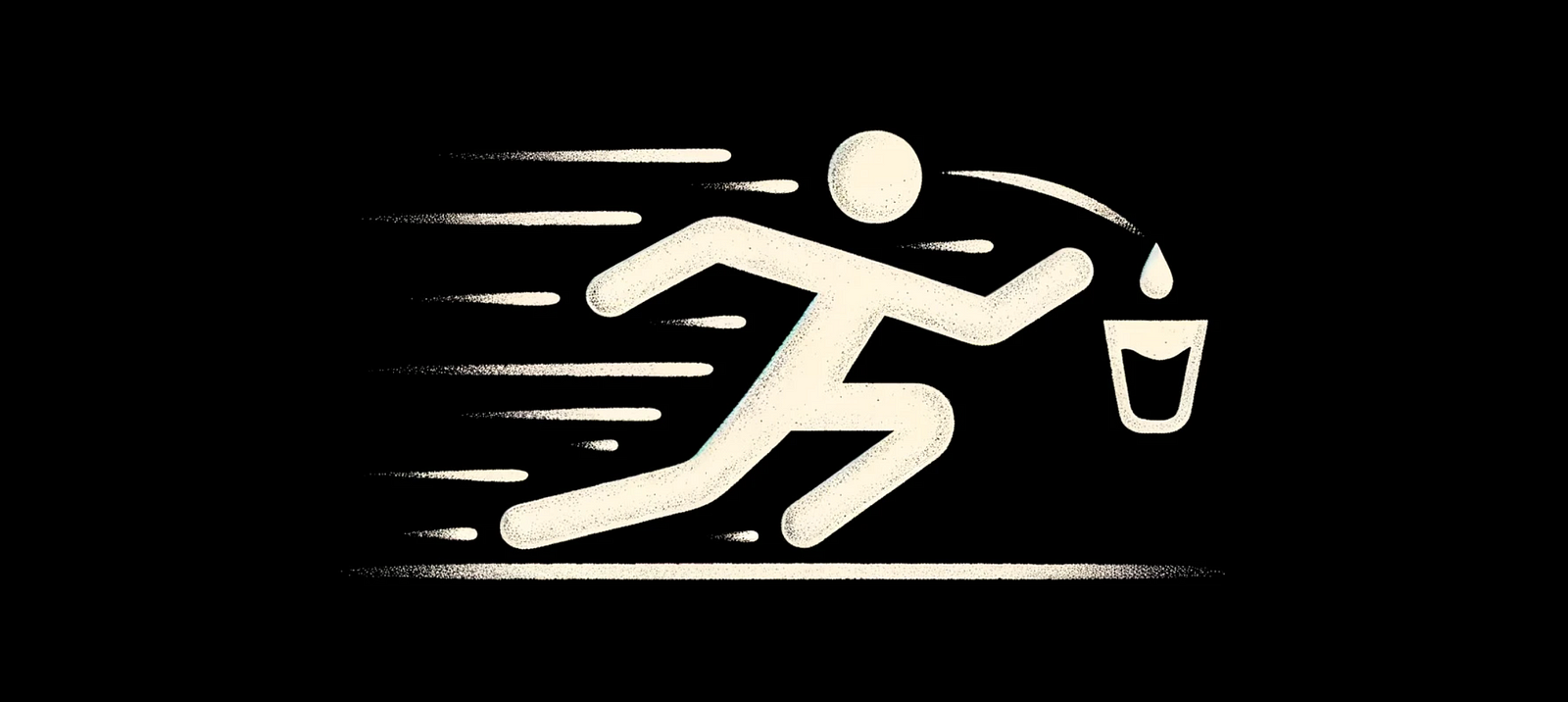
— Role 3) Turn the Product into Reality (Execution): This is the most daunting task, because without it, you’ve just daydreamed something. I wrote a longer article on this topic here.
To be a successful Product Manager, you have to be GREAT at execution. You have to be able to get things done. In my company, we put Product Managers in charge of execution. We train them to be good at execution, follow-up, and solving problems that come up along the way. The path of developing a product is so bumpy, full of technical problems that require compromise and creative solutions. You are also fighting with lack of resources, conservative engineers, and competing priorities. You have to stand up for your customers, advocate, pound tables. Be abrasive if it’s needed but push products forward when needed. It gets tougher when it’s closer to the finish line. Everyone is nervous to launch products. Fear of uncertainty discourages people. People lose their motivation and excitement for the product.
There is only one secret to pass this stage: have conviction in your invention and push through. You won’t survive in our company if you can’t execute. You can’t succeed in any company if you don’t bring the product to the finish line and launch.
Here are some examples of pushback to finish development and launch when making products.
- “The product is not ready”: This usually arises from fear of uncertainty or by perfectionists. → Solution: Keep an open mind and argue. If it’s legitimate, listen. From my experience, it’s mostly fear. Explain what you have is good enough. Back it up with customer testing data.
- “We don’t have the bandwidth to launch it”: This usually arises from commercial teams. → Solution: They might be right. Explain how your product adds to revenue or customer retention, or acquisition. Again, keep an open mind and fight.
- “The existing product is performing, and customers are happy”: This usually arises from the human tendency not to change something unnecessarily. Also, we tend to be complacent. In the product context, launching new products and features is taxing on teams. Also, there is uncertainty if the new product is unproven. If you have done roles number 1 and 2 right, you have a pretty good explanation. I get this pushback a lot when I build a product or feature to improve my own product’s performance, not necessarily from competitors. My answer is if I don’t challenge myself, my competitors will. Then we become reactive.
Remember, when in doubt, launch!
Role 4) Make the business work: I wrote a longer article on this topic here. We need to know that launching is only halfway to success. Succeeding means selling! So, the work of Product Managers is not done here. In my company, our product managers come up with revenue models, work with finance on pricing, and devise creative ways of charging money. They develop business skills to ensure they grow.
You need to work closely with marketing managers and teams to ensure the product sells. Not just sells, but sells wildly. This requires working closely with the marketing team in crafting marketing campaigns, webinars, videos, and working with the sales team to make sure they are educated about your products. You need real-time data on sales to gauge success. In my company, Product Managers are involved with the commercial teams for a minimum of 3–6 months. There are two scenarios:
- Your product takes off: They stay close with customers to find out how the next feature or the next generation of that product will look like. This is fun but yet difficult because you have to repeat your own success. Then, you have to measure the performance of your product in the field and invent the next thing based on the new pains your product creates. Remember, you can always improve speeds and performance.
- Your product does NOT take off: There are more reasons to stay close to customers to find out why. Were your assumptions about customer pains or needs wrong? Did your competition come up with a better product? Did you have quality issues with the product? Did your product have performance issues or fail to do what it should?
Conclusion:
- We are living in the age of the Product!
- Product Management is fun but very tough
- the 4 roles of Product Managers are: Come up with product ideas, turn them into reality and ensure their success thorugh financial performance. If you put all the 4 roles next to each other, it’s what a CEO does. That’s why I call Product Managers, the Product CEO!
Subscribe to ProductCEO weekly newsletter:

